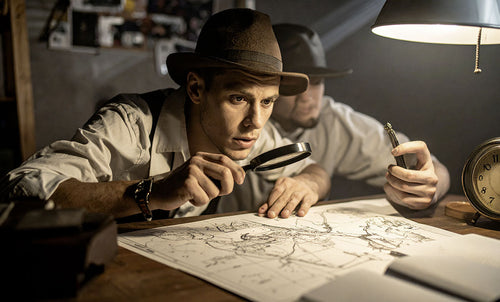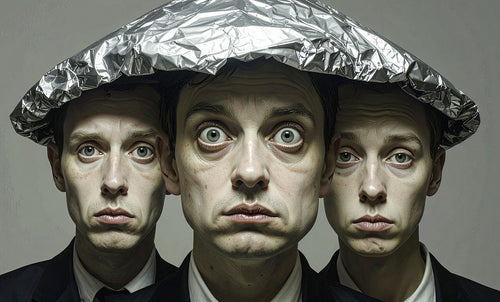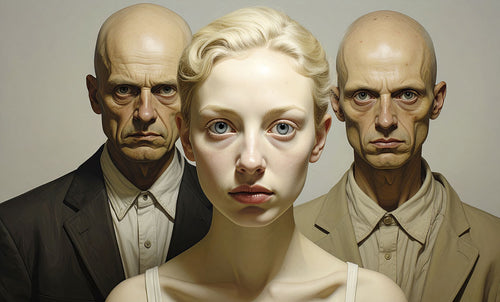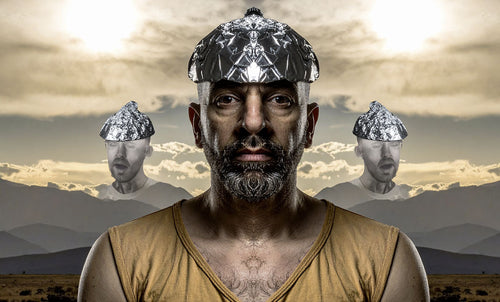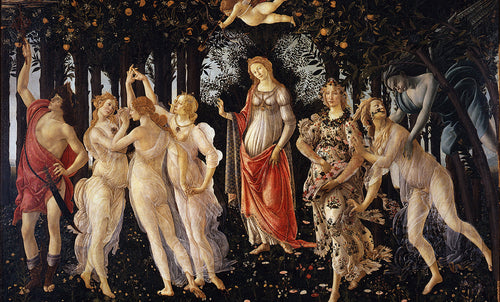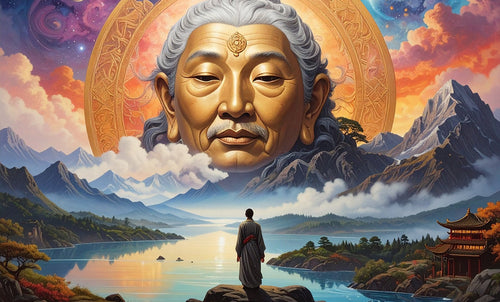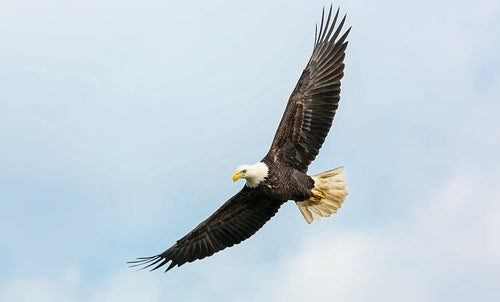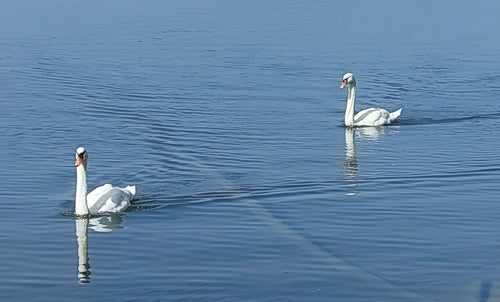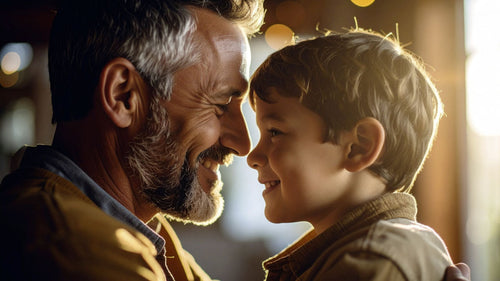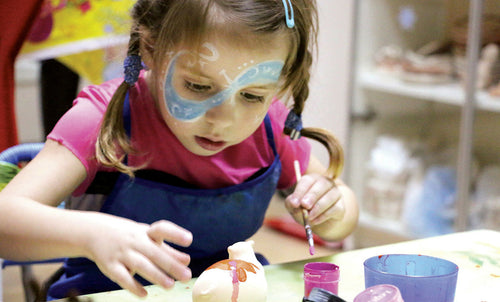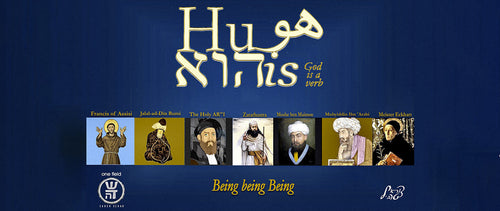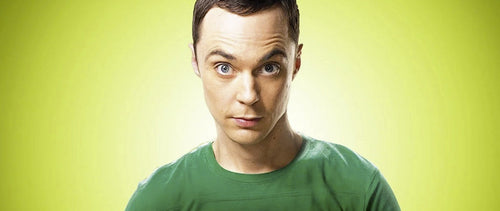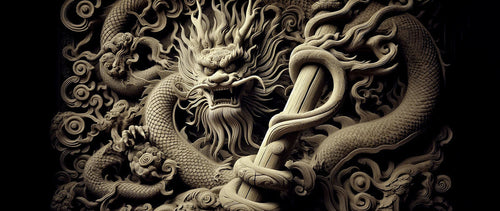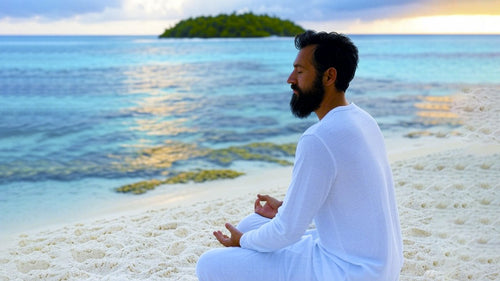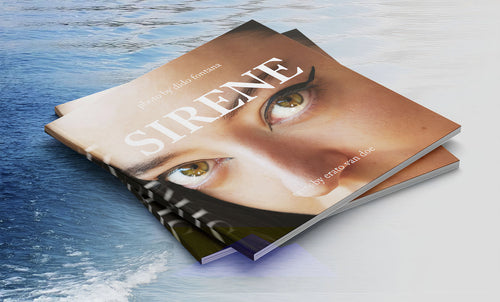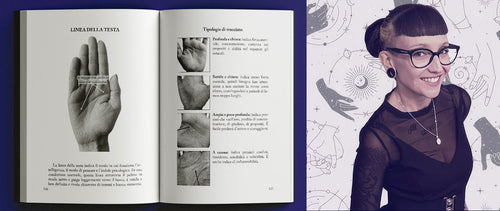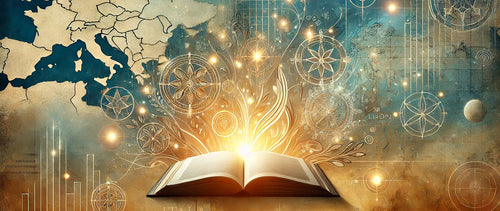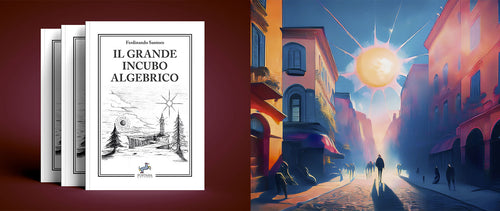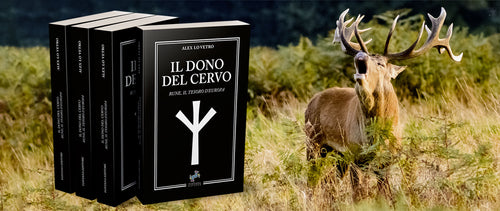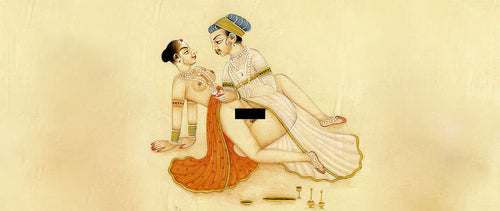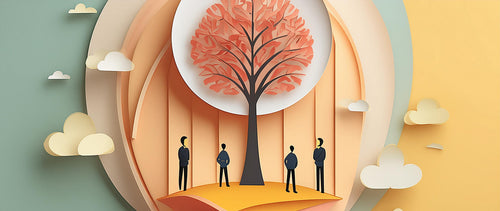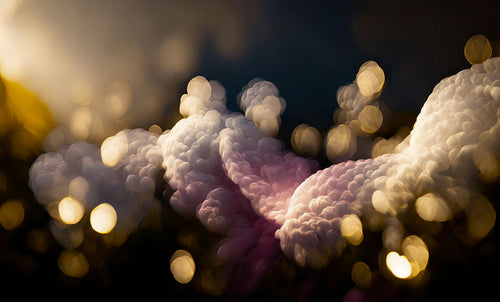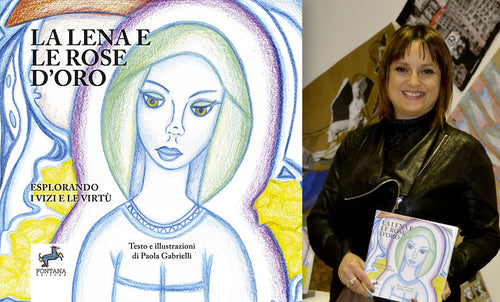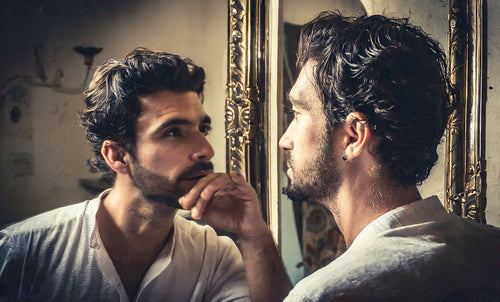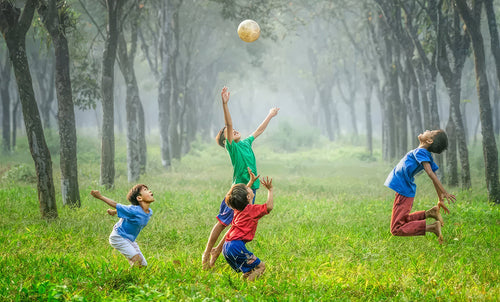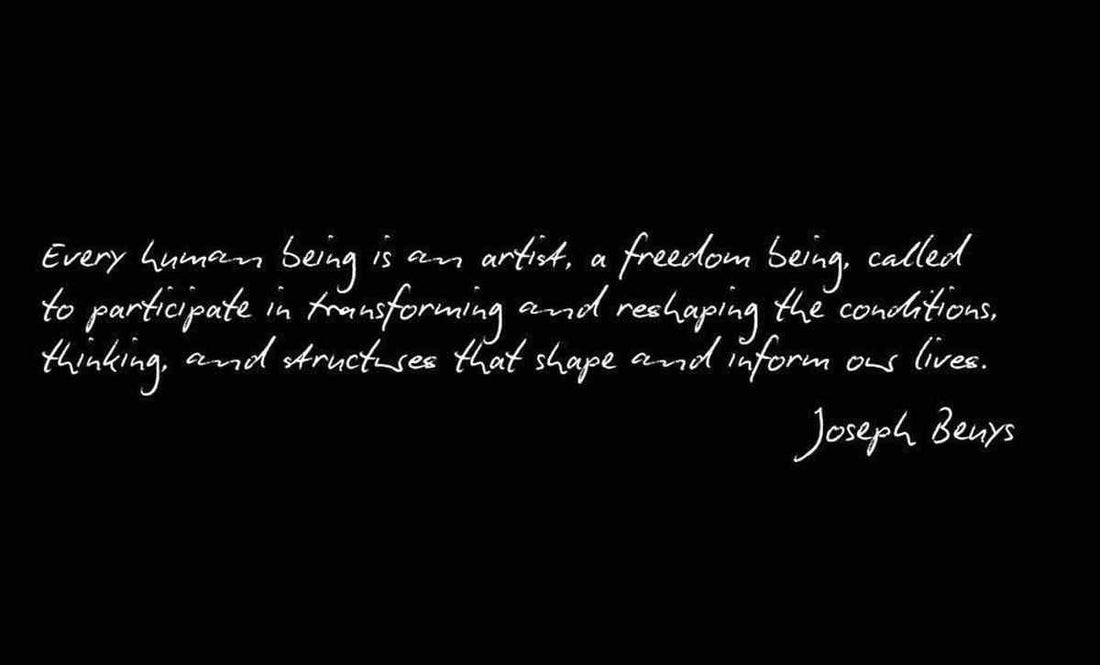
Nitrogeno interviews Pier Luigi Tazzi
Leonardo AnfolsiNitrogeno interviews Pier Luigi Tazzi, World renowned art critic and curator.
I believe it is important to be aware of the fact that every event happening in the field of culture or art can not only be a commercial reality, a fad or a mere product of human curiosity. Too much of a tradition-based on dead words can make us forget that at any time, particularly in times of transformation, the tradition - that seemed immovable, goes through a change. It is undeniable that in those moments Tradition matured, or was renewed without being improved or deteriorated but rather by rebuilding the comprehensible form of its cyclical nature, or, rather, of its immovable eternity.
Anand Kentish Coomaraswamy was and remained extremely critical of contemporary art, in a disenchanted way, introducing a tradition that was not the polar opposite of the new, but which did not consider healthy the “hunger for new trends” And that’s what we’ll talk about in the next pages: this synthesis we are called to: in the beauty, in the art and in the inevitable expression of ourselves, that is, in showing what we have achieved in our lives.
Coomaraswamy says: “New songs, yes; but never new kinds of music, for these may destroy our whole civilization the yearn for innovation comes from an irrational impulse.”
I do partially agree, but I consider, besides, what Beuys on the contrary states: “in places like universities, where everyone talks too rationally, it is necessary for a kind of an enchanter to appear”. And that’s what he actually was. But, nonetheless, I Necessarily agree with Beuys When He says:
“Something that we cannot define as right or wrong but which is an unavoidable, a quite maddening fact in this pivotal, changing era.”

Nitrogeno: Do you think that there is any real connection between alchemy and contemporary art?
Pier Luigi Tazzi: I can only talk out of some direct experiences I’ve had during 30 years. The artists more strictly connected to alchemy, I must say, are the ones from the 80s. Indeed, out of 25 that I have introduced to the public through my writings and my projects, from Ettore Spalletti through Thierry de Cordier, two of them are specifically linked with alchemy, and both of them are from Italy: Remo Salvadori and Marco Bagnoli. Altready in the second half of the 1970s they started researching in that sense and some of their works were explicitly connected to alchemy. In the case, of Salvadori, his connection with alchemy was not direct, but came mainly through the influence of Rudolph Steiner.
Since the beginning of his career Salvadori has been interested in Steiner’s theories and he’s still very close to Steiner’s teaching but also to people related to that field, and to the Steiner’s school that is still active, and the Anthroposophist movement[2]. He sometimes uses their expertise when he has to make a catalogue or a book, asking Steiner’s experts to give their perspective and suggestions on the subjects. In the case of Marco Bagnoli there is much more connection with alchemy, not only in the composition and in the titles of his artworks but also in the sense of transcending matter, going towards spiritual spheres. In the case of Remo Salvadori the theme is much more about the “education of the individual” and the development of the identity, development of the subject, that is, of course, the witness, but mainly seen in a process of expansion of the subject towards a more immanent dimension.On the contrary, in Marco Bagnoli there is always the aspiration to transcend the matter, and even his artworks are like mediums towards other spheres and this in a way is - in my opinion - something that is much more connected to alchemy than in the work of Remo Salvadori. In fact some of Marco Bagnoli’s s titles in his artworks and exhibitions highlight his alchemical intentions.
We have to consider how, the democratic heroes of the 1960s were very materialistic and how everything, in that era, was connected to the expansion of energy but on a material level, always in a materialistic sense, never really coming out of it; just to name one related to alchemy, Gilberto Zorio, when he uses sulfur or mercury it’s not so much for its alchemic meaning but in a way as a very materialistic statement. And this is the kind of illuministic character of modern art from which artists like Bagnoli and Salvadori want to separate themselves from, to take distance making a profound difference and pointing out to an energy-phenomenon first, then to a spiritual experience, both occurring beyond matter and inside it, therefore also in terms of practical transformation, in their work they start from something and go “somewhere else”, so that “something” always become something else “somewhere”, on another plane. This transformation - seems to me – is the main happening and outcome of their art.
N: Making the matter sort itself in the beyond…
PLT: Yes.The “sense” of the artwork speaks for itself, really transferring from the eye of the observer to that elsewhere that we had just mentioned. Now we can explore another perspective in art: let’s consider as an example a different idea of a transformation of an object,[3] that is, trying to highlight the transformation of common objects into something else, mainly a piece of art. This is another possible approach to the theme of Alchemy in art, that means giving sense and even life to the matter thanks to a transformation.
N: This was what happened in that crucial moment in contemporary art: the Arturo Schwarz[4] exploration of Duchamp’s artworks. This change of meaning of an object has been expressed in all evidence - in a surrealistic sense – with the Magritte’s motto “cecì n’est pas une pipe”. (“This one is not a pipe”)
PLT: Yes and, as you see, this is very different from what we were stating in the previous pages, where there was in action a transcendence of the object.

N: Right, and let me say that Steiner was strongly connected to Von Bernus[5] who was actually an operative alchemist, and Von Bernus imparted some very important teachings about medicine and all of this is part of the Steiner therapeutic heritage so.
PLT: Yes, in fact Remo Salvadori in his life always used remedies and tools from the Steiner pharmacopoeia or from the eastern one. And as far I have been experiencing and witnessing, I was always surprised by the strong connection between the daily life and art of Remo Salvadori. In fact an “alchemic approach” is a continuum in his life practice; by assuming anthroposophical remedies and with his contemplative attitude towards life, and to whatever was happening to him, one can imagine the link between his daily existence and his art, and how there is no gap between the two.

N: Let’s talk about the “Gurdjieff” influence…
PLT: Well, I don’t know how much this has to do with alchemy but Remo Salvadori was very interested also in Gurdjieeff‘s ideas and methods.
N: We can say that Gurdjieeff could have had an alchemic approach just in his explanations, a kind of a hermetic-gnostic vision, a sense of harmony that becomes a theory but without the presumption to explain everything, just giving a useful map for all those unexpected experiences that are unavoidable part of any path of initiation. He had a focus on musical theory that could explain some laws of reality; so, let’s say, that this could be the link between Gurdjieeff and alchemy, a connection that is not direct, but where some similarities can be tracked in the history of ideas.

PLT: And, as we said, the other link that Remo Salvadori mantains with Steiner’s work, is the expertise that he asks the antroposophistst about his books and articles. Marco Bagnoli has a much more personal relation with alchemy, more direct, and you can see it in some methods and modalities, through which he realises his works.

Sad - in some ways - but wonderful to say, there is nobody around Marco Bagnoli’s art, so he doesn’t belong to any school, artistic current or “lobby”.
The other artists from the 80s - a generation that was extremely important for western art in North America, Europe and Canada - in my opinion were more connected to history and culture and, therefore, very distant from the tradition in a way that makes art quite a barricade against antiquity/old tradition. The only one that apparently has some connection with alchemy but in a sort of unconscious way was Franz West, born in Vienna, where he elaborated his art. In some of his works, he uses these acid colors that appear in their combination and by themselves as if erasing, eroding the substance of things, a way to transform matter into something else in an unusual way. But I think that for him the main theme was the encounter between the western contemporary man, threfore the Freud sofa, and the Ottoman Empire. Well, it is clear that Vienna on the border of Europe, has influenced the work of an artist like West.
N: So that’s what he actually states, preaching an art which connects eastern thought, Freud and the human psychological depths but, again, in an openly celebrated materialistic way.
PLT: yes, in a materialistic way, yet indeed in a profound way: he’s somehow never superficial. For instance for many years he has made a sort of sculptures that he called “Passstücke”, meaning “adappptive”, that he made of plaster, made especially to be used by people. People have to carry them: they were not something static, on a pedestal, but something that people have to touch, move, carry or wear: they were not fixed in your “outside”, there, as an object - but the artwork became active and connected to the living body.

N: What do you think, being that Alchemy is an active science/art, of a more performative art? For example Marina Abramovic comes to my mind, could her performance be considered as alchemic?
PLT: In a way yes, although her start was mainly political. Then Ulay, with whom she formed a couple for many years, introduced her to the oriental discipline of approaching reality, and totally rethinking it, something that had a crucial effect on her work. And it was not only a matter of oriental thought, Ulay went on researching around the world, encountering the aboriginal magic of Australia. And through this continuous absorbing models from oriental thoughts and from aboriginal practice, comes the form of their performances, and afterwards of her solo performance.
N: So we can consider it a kind of shamanic approach to art, more than “alchemic”?
PLT: Yes, their work was more like a shamanic approach. This shamanic approach, was brought mainly from Ulay, mediated by Ulay and completely absorbed by Marina. The couple was really one of the most perfect couple I’ve ever seen. Their opposite forces were coming together, in terms of love, in terms of transformation, somehow the roles were inverted. So, for instance, feminine sensitivity produced decision in a lot of occasions.
N: I met Ulay and he really was a silent, listening, very present person. He made me think that actually contemporary art, like anything that you take as a transformational mean, can really transmute you.
PLT: Let’s say that he was the one bringing forth 1000 inventions; Marina was more like: “ok, let’s take this one!” and bringing it to the consumption or to the final goal.

N: We just touched the argument about Marco Bagnoli and Alchemy, but I think we will have other issues of NitroGeno to discuss about that: we will have to talk about Miroslava Hajek that cured his exhibitions in Praga, especially titled and centered on Alchemy.
PLT: yes.

N: As you know I’m very conservative about the core meaning of Alchemy, that to me first of all is “that kind of laboratory work that affects your life entirely”, What do you think about a more opened concept of the world “alchemy”, how we can do it and preserving the real meaning, considering that there are armies of materialistic thinkers that are trying to flatten everything into a sort of unconscious meadow, putting everything inside a bucket. So for them Alchemy, Shamanism are just a sort of dreaming, romantic, unconscious-but-impossible-to-live-and-see-and-be… Thing.
PLT: Recently in the last few years I’ve noticed this shower of colors and interest, a sort of alive, confused exploration. An example or, better to say, a source, a harbinger, has been Joseph Beuys, one of the main, most important artist of the second half of the last century. He was clearly a shaman, but his influence, as an artist, was different, not producing a shamanic effect.
N: Right
PLT: And that is the point.
N: Right, right. I totally agree with you; this is – and must be clear, this must be pointed. This is, in fact, intellectual honesty.

PLT: You know, any time I found myself in front of an artist whose approach is strongly connected to shamanism or to alchemy – usually – I’ve noticed that there is no direct connection: what they spread is not what they’ve actually experienced.

Therefore the reactions that follow are in other directions, and I think that this is what often happens in this diluted-shamanic-culture. In fact the shaman is lonesome by choice, and after him/her and his/her naked experience there are all the other people, let’s say the public. And the people are not obliged to follow the shamanic rule, only take the effect of that action.
N: Right. Correct.
PLT: Well, more recently there is an artist, Michelangelo Consani, that is always re-elaborating history and art’s history; so, being that history is a sort of fake fable, he’s always looking for something that has been cut out from history but whose influence still exists. For this reason he has been so strongly attracted by Fukuoka’s research…


N: I met Fukuoka in Ontignano, during a workshop organized by Giannozzo Pucci in the 80s, Masanobu Fukuoka was really a, brave, caring person.
PLT: This is a totally, different, original slice of history. And these are other sort of inventors, people out of the official history, but also out of any science and technology official list; and they live, experiment and propose other ways. Even if he’s not linked to alchemy or shamanism, Beuys was looking for these people that were out of the western model of thinking, perceiving and approaching the world. What do you think, is this so far from Alchemy?
N: You live in Asia and you are very appreciated as a curator and critic even there, as well as in the west. What you can say about Asian art and our discussion? Is Asian contemporary art connected - somehow - to alchemy/shamanism or it is just a western by-product, let’s say a kind of exported product?
PLT: No, Asian contemporary art it is in no way a by-product. I’ve mentioned already Franz West: well, a very young Mit Jai Inn was one of his pupils in Vienna, where he elaborated his own art starting from West’s art according it to the thai culture and that native Buddhist way of thinking, that is rooted in pure magic - almost animistic practice - but intended to reach the highest level of spirituality.
I think that particularly from Franz West some seeds fall and grown all over in Asia and so in Thailand where Mit Jai Inn who made it develop according also to his culture. Mit Jai Inn was a deep, wise Buddhist thinker - I have been living in Thailand since 10 years and - you know - Buddhism there goes from pure magic, almost animistic practice and way of thinking, to the monastic approach, but always intended to reach the highest level of spirituality.

N: And among all these facts, I know because people witnessed it in Thailand and in Bali, there was even the practice of alchemy.
PLT: Absolutely yes, they explained to me as well. The first contemporary artist, let’s say, the first modern artist of Thailand, has been Montien Boonma. He was in fact working with alchemical substances and mainly the matter of his works were perfumes and material like earth, that is, dirt, metals, mud and his works were always including these substances and their transformation and their perception trough the enhanced senses. There was nothing to be seen, actually, it was just incongruence, but an active one, because what was important was to practice these things, for instance using just one of our senses, particularly one that usually has been abandoned long time ago in the history of art, smell. Know what I mean? Smell! Just smell… What could be more important?
N: Ah… Right. I see.
PLT: And he was the first to ride on this sort-of-colonial-culture that was the contemporary art in Thailand, in India, or Japan and everywhere in Asia towards something that’s a different approach, much more direct, where the tradition of his home country comes as a substance of his own art without passing through the mannerism or the adaptations of the western models.
N: I can say… a kind of… anti-Kapoor.
PLT: yes, right, because Anish Kapoor is totally on another shore, again, because OK he was born in Bombay but although he was Indian, he performed a British art as a british artist; but in a way he is linked to the country from where he was born, so it’s a sort of going back. But the development that from India, returns back from England because of that distant memory, an effect of homesickness, pushes him to recuperate in his art his totally lost homeland.

When I think of Kapoor, I think about a novel written by E. M. Forster, “A passage to India”, where there are some scenes in the Malabar caves; these two characters enter in the Malabar caves, an important religious and artistic site, and they themselves are being affected by the caves , the caves appear to reflect people and particularly their attitude, character or traumas. The English girl comes out screaming, but we don’t know what it has actually happened. In one way Anish Kapoor is like the cave of Malabar where you can meet your image and be terrified, or seduced. The interpretation, the reaction of the public in front of the artworks of Kapoor is fundamental for his oeuvre: all of it is just what you see and how can you react to what you see. He is an artist who performs tricks, sublime tricks.

N: So it is all about what you see: how you’ll react to what you see?
Yes, Kapoor is a tricky artist, it’s not at all about elevation or any kind of initiation experience, it is not his art about the erection of an object, a transmutation or at least a transformation of it, but it is more the construction of the trick, of that trap where you can find what you want to find, which is mainly in you and not in what is offered by the artist. So in a way what he presents is “the void”, that’s in some ways something really Indian, and that is something where you can mirror yourself. I know, it could all be about “void”, but I don’t think this is actually what he intended, I’m sure that it is not a Buddhist kind of “void”. But, as a trick, in the void you can see yourself.
N: We can say that Marco Bagnoli’s art is quite the opposite because he actually represents something that has an esoteric pregnancy, so that his art is always connected, somehow, to alchemy…
PLT: in fact for instance Anish, as you know, very seldom he mixes colors, he use one color, he is monochromatic so he doesn’t touch the matter to transform it in any way, let’s say that he is scared by the matter, and he wants to be absolute pure, no fights, no composition, no manneristic effects at all. And also reflection is most typical in Anish, to reflect yourself, I mean; sometimes Kapoor provides you some deformed images of yourself like with the use of the parabolic mirror; so you can see how in Marco Bagnoli all the work and contents sound in a complete different way. Even if it’s the same object, the parabolic mirror of Bagnoli is in terms of stating something. In the case of Kapoor is simply a fake reflection.

N: I understand. Tell me: according to your vision, the parabolic mirror - as a contemporary art subject – is born before in Marco’s or Anish’s mind?
PLT: Historically, the first one who made a parabolic mirror was Marco, that is for sure, and then came Anish, I don’t think Anish saw Marco and copied him; you know, this is something that could happen in the history of art, where a subject or a technique or an idea can pop out of the mind of some artists, exactly at the same time, out of the blue.
They are totally different You know, but Anish was quite the same when just at the beginning was using only not polished colors. Sometimes it was just powders, I mean pigments, but then the pigment was fixed and became shiny and then reflecting. The process in Anish can be very slow and at the end the colors covered a surface and when they were polished, they gave to that surface a space, that before it did not have. So in Anish’s artworks, finally, colors add space to the object, as a trick, because the shining surface obtained, is coming out with the radiance of those simple, common pigments, just being polished.
N: We were talking about Asian modern art and seems to me that you were saying something about Mit Jai Inn? Am I right?
PLT: Well, yes, in these last 20 years I’ve had detached myself pretty much from the European scene, and I’m much more attracted by Eastern Asian art from Japan to China and Thailand, and there for instance, I’ve found something that is beyond art, because art is truly, actually, in their life, not “only” in their art and this because there isn’t a separation between art and life in their culture’s history, in spite of all the effect of the introduction of western models in their culture, and the following development of this cultural invasion.
Here in Asia, not so many artists are now integrating their spiritual heritage with art, even though they are not misleaded by the western mannerism and concepts, they are for sure conditioned by the market. In Thailand we have probably a more suitable cultural and historic circumstance, so that on religious holidays there are specialized markets where you can buy incense, fabrics, books, flowers, paintings and other objects used for worship. There you can also find steel and terracotta tools to distill and to work herbs.
The only one who made a combination of these two issues, contemporary art and spirituality, in Thailand, again as a first step of such development, has been Montien Boonma. He was very appreciated by Marina Abramovich, but Montien Boonma died quite young as his wife, about 50, so he didn’t developed his works any further, but his concept of art it is still celebrated and followed in Thailand.


[1] Tazzi’s Portrait taken during the performance Before the name, by Francesca Banchelli, with Jonathan Lahey Dronsfield, Pier Luigi Tazzi, Emiliano Zelada. Wilkinson Gallery, London, 2015.
[2] See: anthroposophy.org/uploads/media/bh2-RudolfSteiner_and_Contemp_Art.pdf and rudolfsteinercollege.edu/events/alchemical-laboratory
[3] See in this issue the article by Arturo Schwarz “The Alchemist Stripped Bare in the Bachelor, Even”.
[4] See in this issue the article by Arturo Schwarz “The Alchemist Stripped Bare in the Bachelor, Even”.
[5] See: Eranos: An Alternative Intellectual History of the Twentieth Centry, Hans Thomas Hakl and Christopher McIntosh, Routledge 2014 pg 56.
[6] Remo Salvadori Nel momento 2013 Piombo/foglio cm 34 x 34.
[7] Remo Salvadori Continuo Infinito 2013.
[8] Marco Bagnoli at Stazione Leopolda, during the exhibition Fabbrica Europa 2014: here are the seven hot air Balloons Each one is named after one of the six Naropa’s Yoga, six plus one, recently rediscovered yoga named Trojung.
[9] A museum visitor models an Adaptive by West at the Museum for Modern Art in Frankfurt, Germany, and Lisa de Cohen with Adaptive, ca 1983.
[10] Marina e Ulay agreed to separate on the Chinese Wall, and for 23 years their lives followed different paths, up to the day in which again Art put them together, during the performance - The Artist is present -, in which Abramovic spent 716 and a half hour in the MoMa, sitting in front of an empty chair where the visitors could sit and meet her gaze for some minutes. One of them was Ulay Video.
[11] Marco Bagnoli Czech Museum of Fine Arts – CMVU Praga 2006, Mistica della Forma Mystique of the FormPanoramic view of the exhibition and detail.
[12] Joseph Beuys as a Lutwaffe aviator during II world war. There was where all began: the plane Stuka where he was a gunner was shot down. He was critically wounded and was saved by a nomadic tribe of Tartars. That was when, according to his critics and himsel, he had his shamanic calling to the Art.
[13] Joseph Beuys in his performance: “I like America and America likes me”, for three days in a cage with a coyote.
[14] The inauguration of the Painted Gardens in Borgo Pinti (Marco Mori / New Press Photo) an artistic exposition. Here Consani with a solar oven. Notice in the background the organic gardening caissons.
[15] Masanobu Fukuoka, father of the One Straw Revolution, a totally new insight about agriculture in the 70s. See the other interview on this same issue. Sometimes they return.
[16] Mit Jai Inn King can do no wrong oil on canvas 2002-2012.
[17] Parabolic mirror installed by Marco Bagnoli in occasion of the celebratory exhibition “Pontormo e il suo seguito nelle terre di Empoli” dedicated to the ancient painter Pontormo and his modern followers. The exposition was at the birthplace of Pontormo. next page and next to the mirror there was the installation “Noli Me Tangere” by Marco Bagnoli.
[18] Anish Kapoor laughs deformed by one of his big parabolic mirrors.
[19] Montien Boonma Self Protrait.


